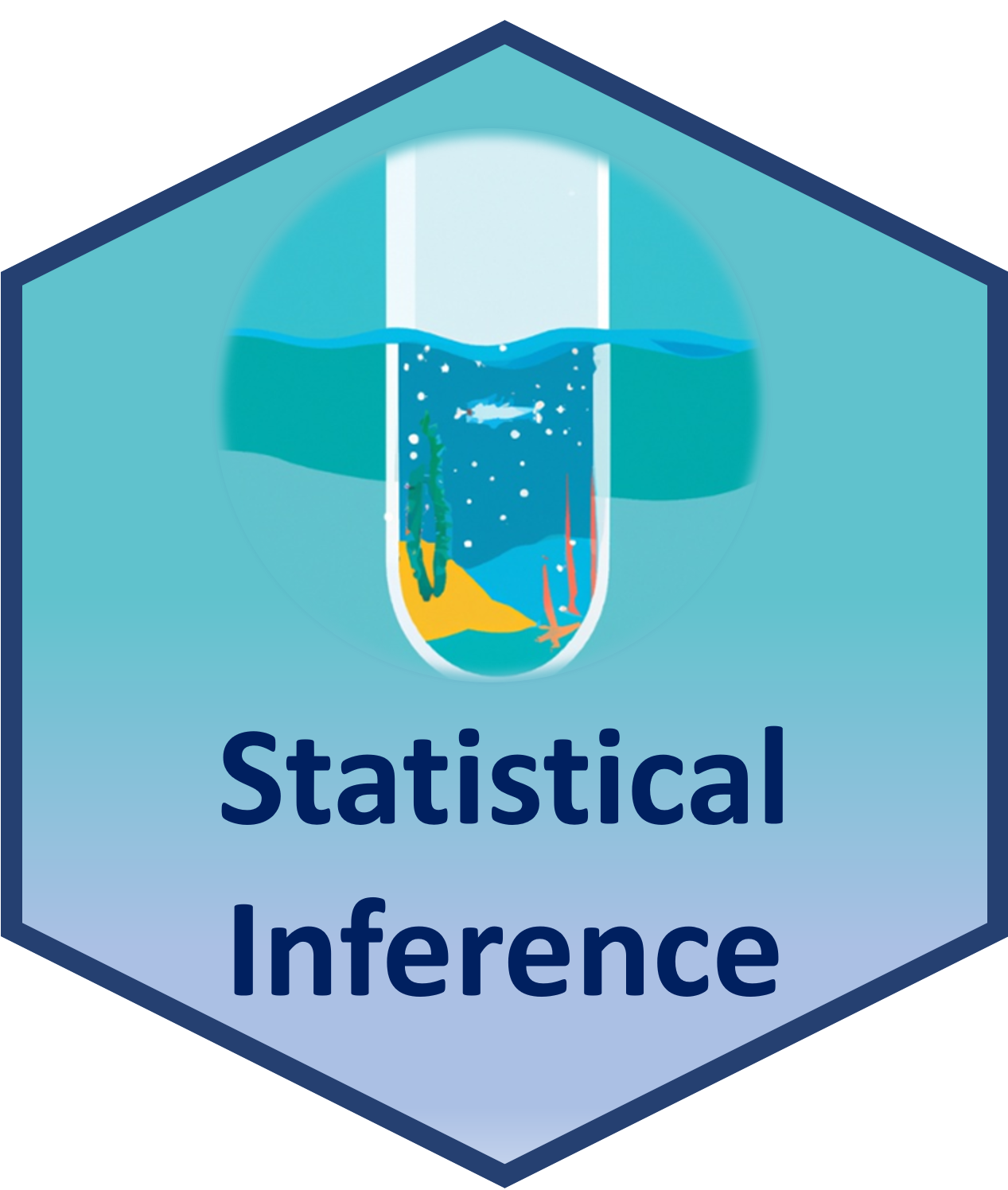3 Module 3
The central limit theorem and mathematical approximation of the sampling distribution
Learning objectives
By the end of this module, you will be able to:
Describe the Law of Large Numbers.
Describe a normal distribution.
Explain the Central Limit Theorem and other general asymptotic results.
List the properties of the sampling distribution.
Decide whether to use asymptotic theory or bootstrapping to compute estimator uncertainty.
3.1 Proposed structure of this chapter
This is work in progress! Please refer to readings listed on Canvas.
3.1.1 Law of Large Numbers + Assympotic behaviour of the sampling distribution of the mean
Explain the LLN
Show that as sample size increases the sampling distribution of the mean becomes narrower, more symmetric, and bell shape
Describe the Normal distribution
- Many population are approximated by this normal distribution and sampling distribution looks like it
- mu and sigma
- Density
- (introduce Standard normal z* and pnorm, qnorm in module 05 not here)
3.1.2 Relationship between Normal population and the sampling distribution of it’s mean
- For Normal pop
- SE
3.1.3 Central limit theorem
- For non-normal pop
- mean
- proportion
- When it’s not appropriate
3.1.4 Compare bootstrap and CTL approximation of sampling distribution
- How SE is calculated
- Pros and cons of each3.1.5 Box: real example
a concrete example, with interpretation of SE.
